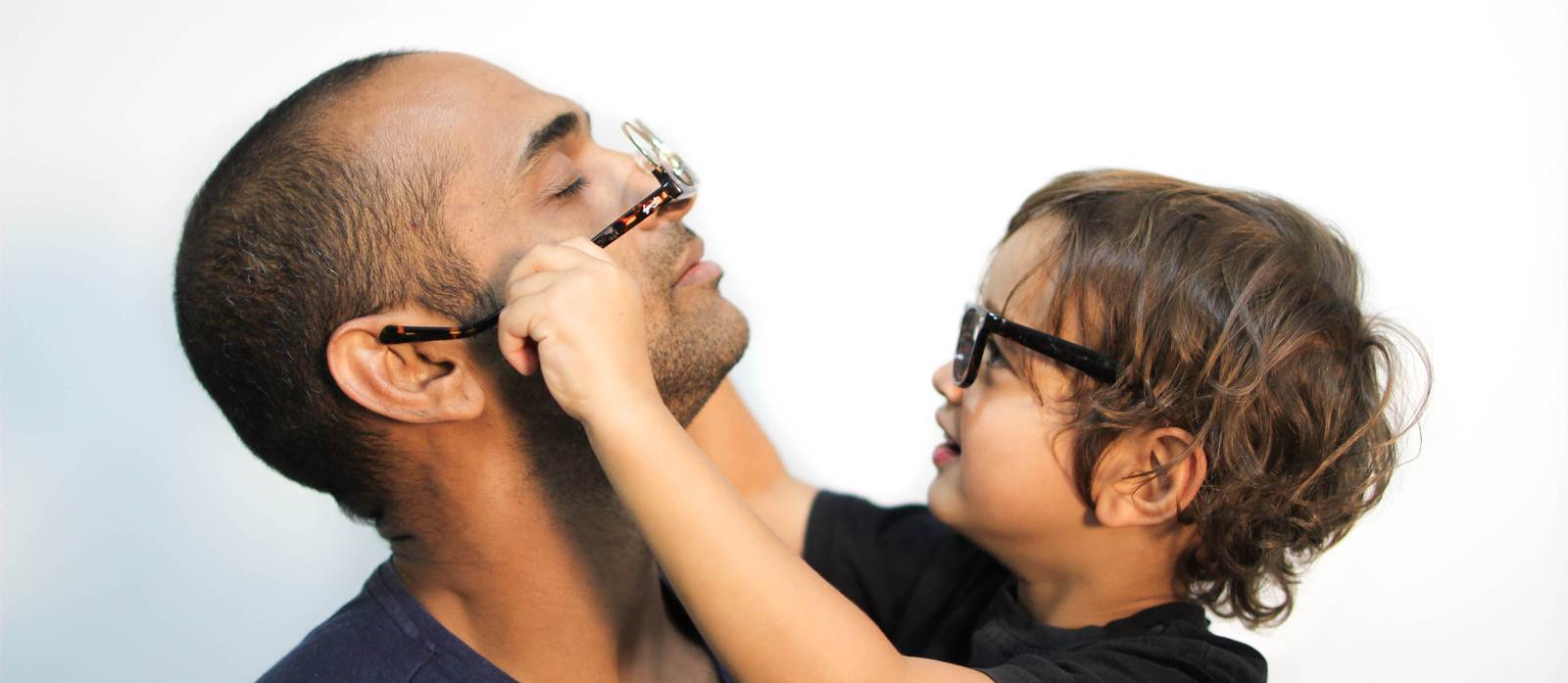
Children can go years with bad vision simply because they think it’s normal – and that can make their problems worse. We’ve put together some tips and tricks parents can use to help them recognise symptoms early so that their child can get an eye test as soon as possible. Here’s a checklist of signs that your child may need glasses. Any of these could mean you have to book that appointment – Click here to book your child’s eye test online
1. Squinting
Squinting is a classic symptom of poor vision. We squint because things are out of focus and squinting helps temporarily by limiting the amount of light that enters the eye. A pinhole camera works in a similar way. Pay attention to your child when they read books or watch TV from a distance. If they squinting, it’s a reliable sign that they might have vision problems.
2. Head tilting
Double vision is caused by a misalignment in your eyes. Tilting your head or covering one eye tends to reduce the double vision for a short while. It can be hard to spot because your child could be tilting their head for a number of reasons ranging from inner-ear problems to genuine curiosity at something strange. But you have to act if it happens frequently because it can lead to an imbalance in the eye muscles, commonly known as lazy eye.
3. Headache
Children develop headaches for so many reasons but headaches brought on by strain are quite specific if you know what to look for. People with farsightedness experience dull pressure behind their eyes and throbbing temples after reading or staring at a screen up close. If your child complains of headaches after school, there’s a strong chance it could be caused by farsightedness.
4. Close-range viewing and reading
If your child sits centimetres away from the TV and holds books or devices extremely close to their face, they might be nearsighted. Children with nearsightedness have poor vision over distances and clear vision at close range. Left untreated, nearsightedness can worsen with time and lead to other complications.
5. Rubbing of the eye
This is a tricky one. Your child could be rubbing their eyes because they’re sleepy and ready for bed or their eyes might be irritated by something in the air. However, rubbing of the eyes can also be due to strain which indicates a vision problem. Allergic conjunctivitis (whether seasonal or chronic) can also lead to vision problems, though not always. What you should be looking out for is the frequency with which it happens and perhaps another symptom on this list.
If any of these symptoms sound familiar, it’s probably best for you to get in touch with us as soon as possible. Click here to book an eye test for your child and we’ll handle the rest.
Date Published: 12 March 2019
